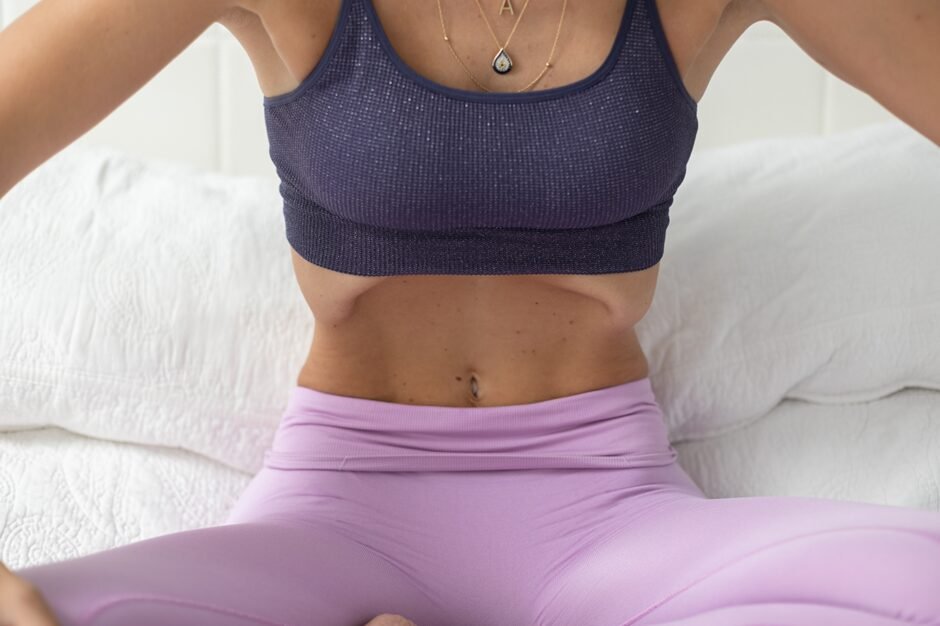GET 21 DAYS UNLIMITED PILATES $89

Low-Pressure Fitness in Nedlands is a unique training method that combines mindful breathing and movement to safely activate and strengthen the deepest core muscles. These muscles support posture, joint stability, and essential functions like bladder, bowel, and sexual health. Factors such as injury, surgery, pregnancy, illness, or a sedentary lifestyle can weaken them over time.
Through a structured sequence of exercises, Low-Pressure Fitness in Nedlands reduces pressure in the thoracic, abdominal, and pelvic cavities, promoting core stability and overall well-being. The method incorporates hypopressive breathing, a technique that engages deep muscles without excessive strain, making it a safe and effective workout.
By maintaining proper postural cues and regulating intra-abdominal pressure, Low-Pressure Fitness helps improve core strength, posture, and recovery. Whether you’re seeking postpartum rehabilitation or a low-impact way to enhance stability, our expert-led sessions in Nedlands offer the perfect solution. Book your class today!
In Low Pressure Fitness (LPF), the hypopressive technique is applied during two distinct breathing phases:
Rest Phase – This phase focuses on controlled breathing with proper lower rib cage expansion. As you inhale and exhale, the emphasis is on deep, diaphragmatic breathing to promote relaxation and core engagement.
Apnoea Phase – This is a breath-holding technique performed after a full exhale. By closing the nose and glottis to create a seal, you attempt to inhale without drawing in air. This action causes the rib cage to expand, producing the signature hollowing effect beneath the ribs.
This apnoea-induced rib cage expansion mimics an abdominal vacuum, shifting internal pressure and triggering a natural, reflexive activation of the pelvic floor and deep core muscles. This technique enhances core strength, posture, and overall stability while reducing strain on the body.





Copyright © 2024 Inhale Exhale | All rights reserved